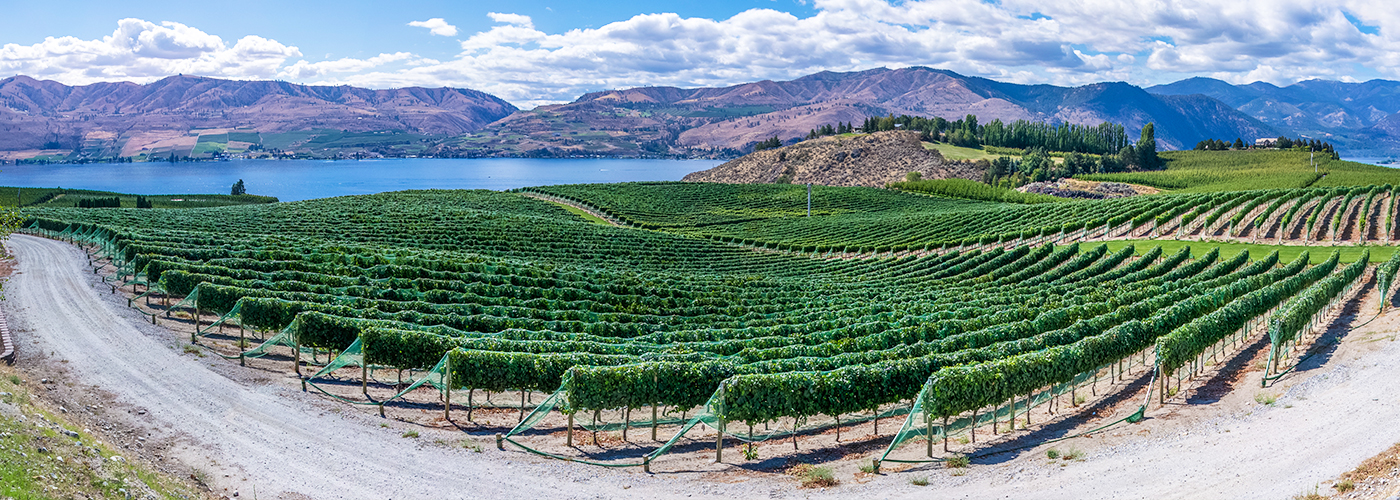There is a winery near my hometown of Charlottesville, Virginia, and if you were to ask me what I thought of it, I would respond, “The product is a work in progress, but the user experience is awesome.” Impact investing can learn a lot from Early Mountain Vineyard.
New companies should focus on what’s within control—giving customers an amazing user experience. Tweet This Quote
It takes time for a new winery to produce great wine, and for being young, Early Mountain is off to a solid start. But, and they will say this themselves, they have ambitions for a product that is far greater than where they are today. To reflect these goals, the team at Early Mountain is focused on ensuring that visitors have a thoroughly enjoyable experience when visiting. This builds goodwill towards them as they continue to develop the quality of wine.
Impact investment organizations (whether they are funds, startups, or intermediaries) can learn a lot from Early Mountain. New ideas and companies take time to develop, just like startup vineyards. As they do, we should focus on what’s within our control: giving customers an amazing user experience. For impact investing firms like ours, investors are the customers. At Village Capital, we believe we owe it to our investors to provide great interactions with our portfolio companies as they grow, make money, and create social impact.
A big issue today is that most investor-facing activities capture value instead of create it. Tweet This Quote
So, why are investors having such unsatisfying user experiences? Today, the main issue is that most investor-facing activities capture value instead of create it. Most investors work through intermediaries (just as most wine drinkers buy their wine from wineries, wine shops, grocery stores, or liquor stores, rather than drink their own homemade wine). All too often, intermediaries or advisors package investment opportunities for an investor without adding any additional value. Think of that overwhelming moment in the grocery store when you’re staring at rows and rows of bottles in the wine aisle.
Better intermediaries will strive to give advice, like the knowledgeable sommelier or wine shop owner—someone who doesn’t just capture value but who creates it. They will provide support and assistance that vets or improves the investment opportunity in some way, or they will offer critical analysis and understanding that enables the investor to have a better, more seamless user experience when engaging with the opportunity.
It’s easy to advise someone on what they are doing right and wrong, but credibility comes from results. Tweet This Quote
If you’re working in the world of impact investing, in which the content/opportunities are relatively new, the fundamentals are similar to Early Mountain. It’s going to take time to develop truly excellent wine. But how do you get good customer reviews in the meantime? It’s a matter of creating value versus capturing it, and here’s how to do that.
1. Make the user experience seamless, engaging, fun.
If you’re an investment firm or intermediary, create several touch points to positively engage with the customer. Early Mountain’s focus on food, ambiance, and views make me excited to be there. Similarly, funds and intermediaries tend to be more successful when they have engaging impact reports, chances for investors to interact with entrepreneurs, and easy ways for investors to learn and engage with the investments they make.
2. Know what you are trying to accomplish, and what problem you are trying to solve.
Early Mountain’s mission—building Virginia’s wine industry—is something I resonate with as a proud resident of Virginia. Early Mountain holds to their mission by selling competitors’ wines, which shows me they value solving the problem their mission addresses and creating an emotional connection in the process.
End every meeting with the question, ‘How can I help?’ Tweet This Quote
Similarly, in the investment world, funds that are trying to solve the problem of “not enough impact investing” tend to be less successful. Being specific about what you are trying to accomplish (in our case at Village Capital, moving oceans of capital towards high-quality companies intentionally seeking impact) and how you are trying to accomplish it (in our case, a disruptive peer-selection model we think works better than the traditional venture model) engages investors on a deeper level.
3. Create your own content.
Early Mountain makes its own wine. That matters. It’s easy to advise someone on what they are doing right and wrong, but credibility comes from results. One of our partners, Chilton Capital, both invests their own dollars and also builds products for their clients. The founder, Chris Knapp, says that “we stand under the bridge we build.” As a result, their investees and investors have given them much more credibility, as they have gone through the hard work of content creation and aggregation.
4. “How can I help?”
A mentor of mine told me a long time ago to end every meeting with the question above. Early Mountain’s showcasing of Virginia wine as an industry—and not only its own wines—gives its visitors a memorable user experience, but also builds goodwill among partners, co-sellers, buyers, and the local community as the enterprise grows.
Being specific about what you are trying to accomplish and how you are trying to accomplish it engages investors on a deep level. Tweet This Quote
When I am fundraising for Village Capital or one of our portfolio companies, I try and figure out what the potential investor wants—and then recommend it (even if it’s not us). That adds value. Early Mountain doesn’t make a great Nebbiolo—yet—but I am thrilled I can get one there along with great food while enjoying a world-class view.
It will take time for the impact investing—and Virginia wine industry—to grow, but our content is terrific. Focusing on creating value in the user experience is the next step.
A version of this post originally published in July 2014. It has been updated and reposted to inspire further conversation.
Update: I will not address here the common joke “If you want to make a small fortune in the wine business, have a large fortune to begin with and acquire a winery.” It is possible to make attractive financial returns the wine business just as it is possible to make attractive financial returns in impact investing. It is also possible to lose a lot of money in both.



